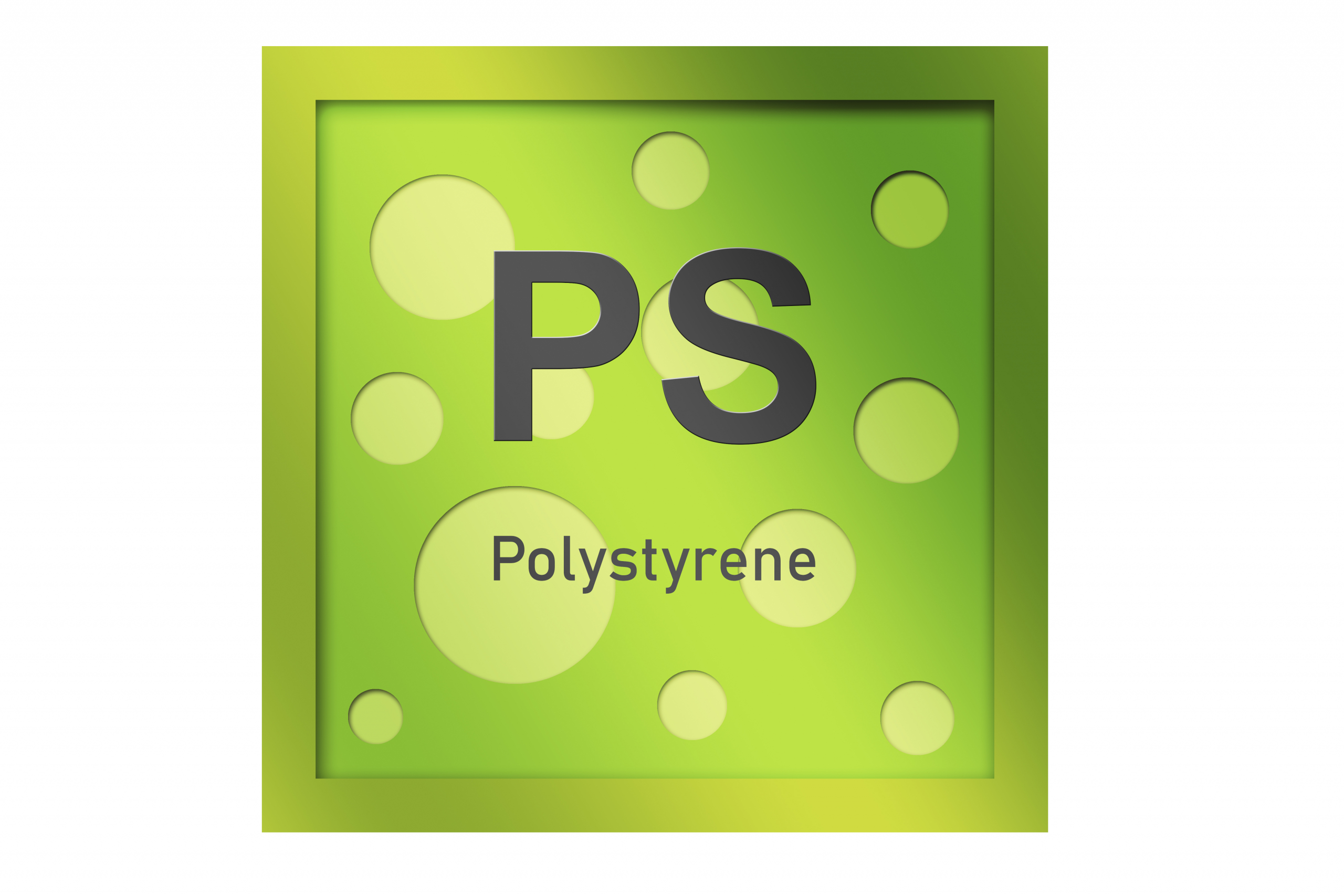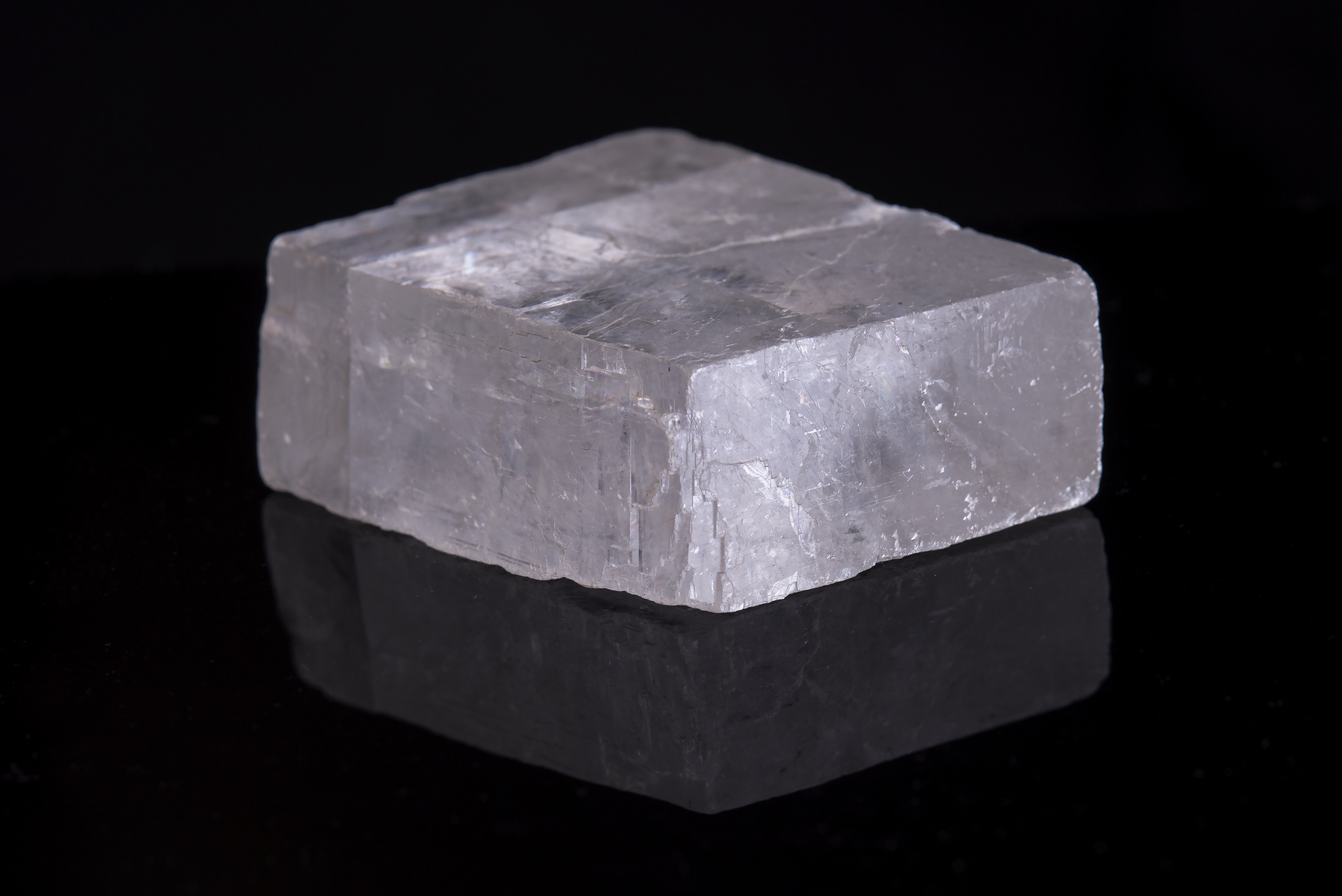Polystyrene as a Reference Material for Raman Spectroscopy
Polystyrene as a Reference Material for Raman Spectroscopy by Dr Enrique Lozano What is Polystyrene? Polystyrene is a very accessible and commonly used synthetic polymer made from monomers of the aromatic hydrocarbon styrene. It can be solid or foamed. General-purpose polystyrene is clear, hard, and brittle. It is [...]







